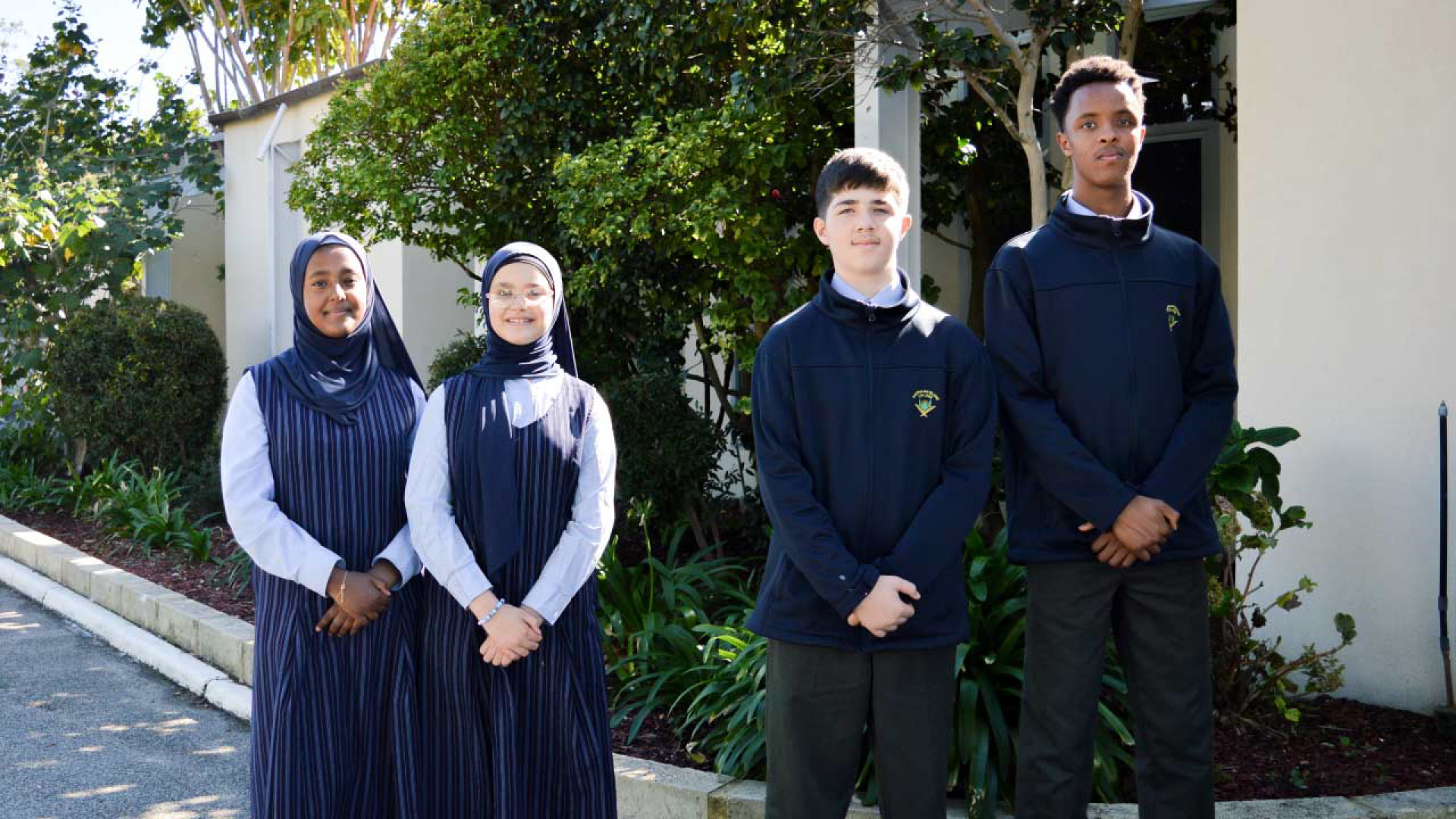A Public Cloud | Azure customer story
Pernod Ricard Winemakers
Learn how an Azure migration gave Pernod Ricard greater flexibility and improved performance.
Built on a foundation of over 45 years’ experience, combined with world-leading vendor technologies, Data#3 is constantly evolving its solutions and services to enable its customers’ success. Leveraging solutions such as cloud, modern workplace, security, data & analytics and connectivity, combined with Data#3’s services across consulting, project services and managed services, Data#3 is delivering the digital future.

Learn how an Azure migration gave Pernod Ricard greater flexibility and improved performance.

City of Fremantle drives productivity with Microsoft Surface device program from Data#3

Kubota Takes Control of the Future with Network Uplift and Azure Migration from Data#3

BTC Markets Enables Growth and Boosts Security with Cisco Solution from Data#3

Australian Islamic College transforms teaching, learning and IT management outcomes with Microsoft 365

Explore our industry awards.
